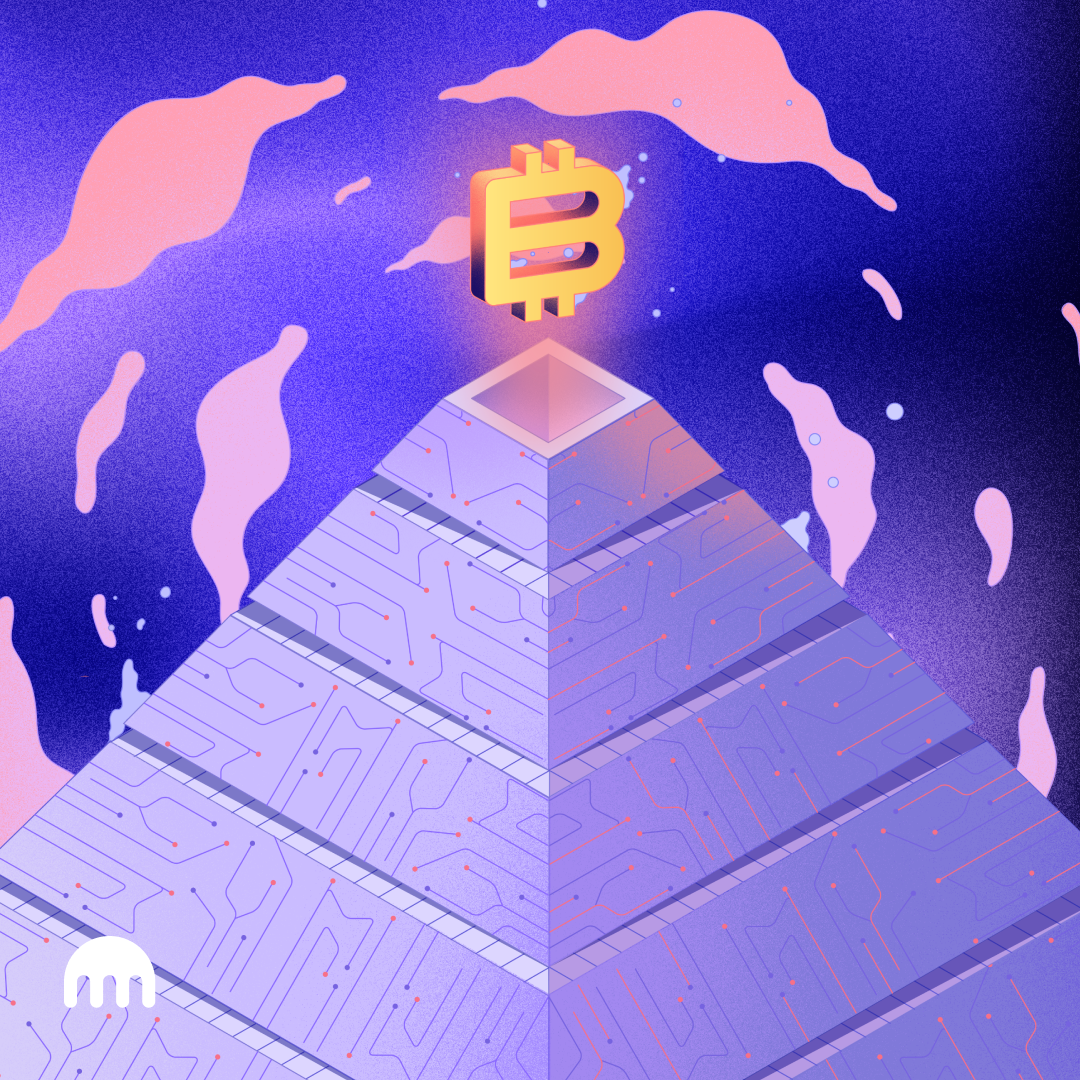[ad_1]
Over the last decade, countless critics have pointed the finger at Bitcoin as being nothing more than an intelligently-orchestrated Ponzi scheme. Detractors like Brazilian computer scientist Jorge Stolfi argue that the leading decentralized cryptocurrency bears all the hallmarks of a scam named after Italian swindler…
The post Busting Crypto Myths: “Bitcoin is a Ponzi Scheme” appeared first on Kraken Blog.

Over the last decade, countless critics have pointed the finger at Bitcoin as being nothing more than an intelligently-orchestrated Ponzi scheme. Detractors like Brazilian computer scientist Jorge Stolfi argue that the leading decentralized cryptocurrency bears all the hallmarks of a scam named after Italian swindler…
The post Busting Crypto Myths: “Bitcoin is a Ponzi Scheme” appeared first on Kraken Blog.
[ad_2]
Read More: www.bitcoin-rss.com









 Bitcoin
Bitcoin  Ethereum
Ethereum  Tether
Tether  XRP
XRP  Solana
Solana  USDC
USDC  TRON
TRON  Dogecoin
Dogecoin  Lido Staked Ether
Lido Staked Ether  Cardano
Cardano  Wrapped Bitcoin
Wrapped Bitcoin  Hyperliquid
Hyperliquid  Wrapped stETH
Wrapped stETH  Sui
Sui  Bitcoin Cash
Bitcoin Cash  Chainlink
Chainlink  LEO Token
LEO Token  Stellar
Stellar  Avalanche
Avalanche  Toncoin
Toncoin  WhiteBIT Coin
WhiteBIT Coin  USDS
USDS  Shiba Inu
Shiba Inu  WETH
WETH  Wrapped eETH
Wrapped eETH  Litecoin
Litecoin  Hedera
Hedera  Binance Bridged USDT (BNB Smart Chain)
Binance Bridged USDT (BNB Smart Chain)  Monero
Monero  Ethena USDe
Ethena USDe  Polkadot
Polkadot  Bitget Token
Bitget Token  Coinbase Wrapped BTC
Coinbase Wrapped BTC  Uniswap
Uniswap  Pepe
Pepe  Pi Network
Pi Network  Aave
Aave  Dai
Dai  Bittensor
Bittensor  Ethena Staked USDe
Ethena Staked USDe  OKB
OKB  BlackRock USD Institutional Digital Liquidity Fund
BlackRock USD Institutional Digital Liquidity Fund  Aptos
Aptos  Cronos
Cronos  Internet Computer
Internet Computer  NEAR Protocol
NEAR Protocol  Jito Staked SOL
Jito Staked SOL  sUSDS
sUSDS  Ethereum Classic
Ethereum Classic